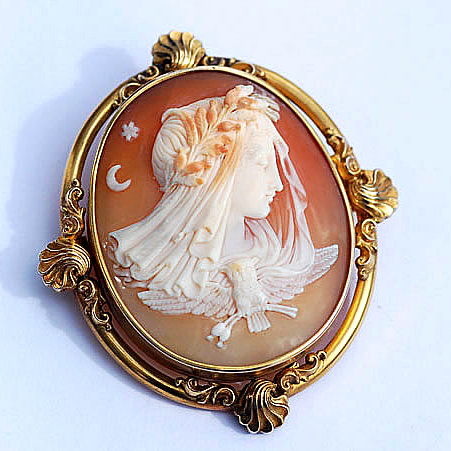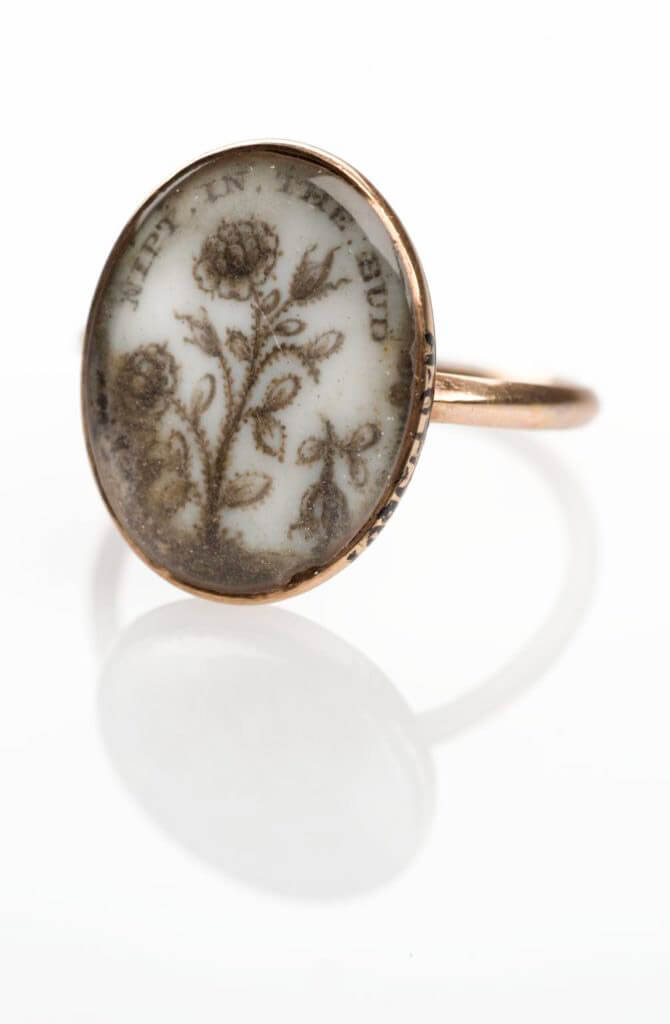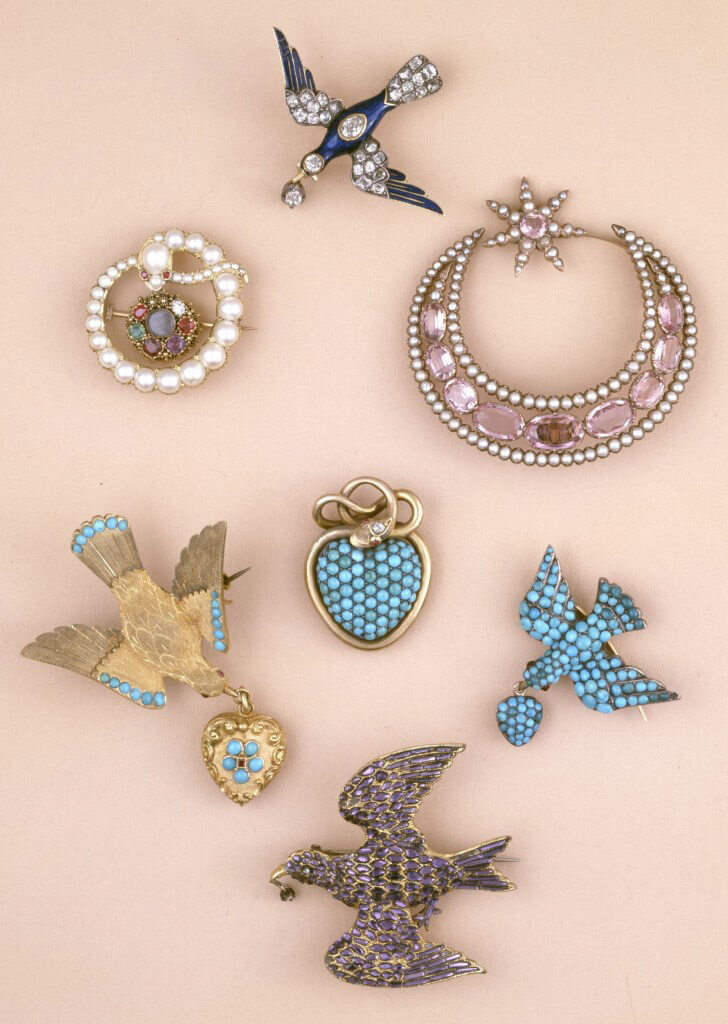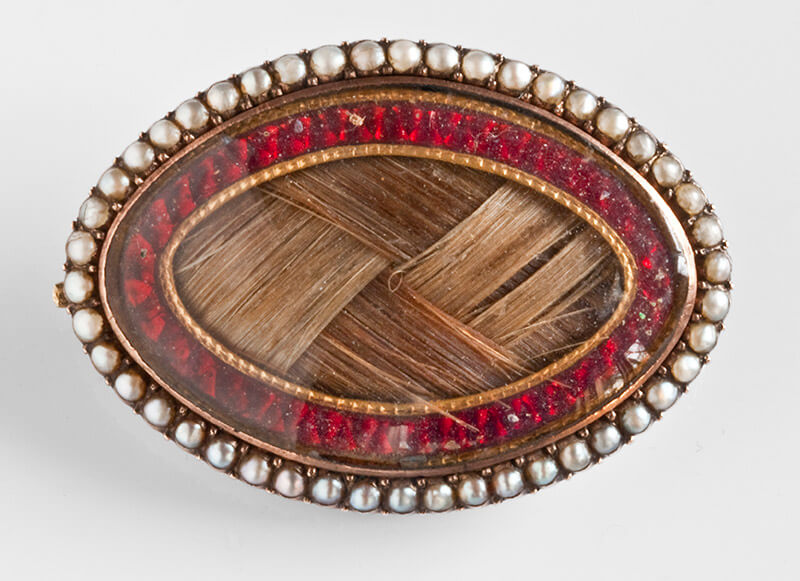Symbolism, The Poppy
Today’s symbol is a request and it’s not an easy one to discover in jewellery, but let’s run through some of its history before we get there.
Symbolically, the poppy is an easy symbol to find in funeralia; it has been in the popular lexicon since the times of ancient Egypt, Greece and Rome. Simply, the flower represents peace, rest, sleep, eternal sleep, resurrection and consolation. The flower was used in Egyptian burial tombs, the Greeks used the flower in the shrines of Demeter and Diana (goddesses of the hunt and fertility, respectively) and most recently, its use for wartime remembrance has made it a popular symbol around the world.
But why is this so? Firstly, the colour of the flower and its relation to blood is important. It is when symbols are interpreted through their most basic characteristics that they are the most ubiquitous and popular. The simple nature of its colour makes the flower honest and cross-cultural in its interpretation. Use is another factor to understand; the poppy provides opium (causing sleep) and opium has been in use since the Neolithic period. Sleep and blood, two things which every one of us share and are necessary to the function of life.
Which brings us back to jewellery. As stated, finding the poppy in funeralia (cemeteries, ephemera) is quite simple and has been so throughout the early modern period to today (which we focus on in this website). Finding it in jewellery as a primary symbol is rather a different thing, however. The symbol was used quite typically during the Art Nouveau period as a symbol or a motif in itself, but previously, the symbol was relegated to a secondary symbol. During the 17th and 18th centuries, during the height of the Baroque and Rococo influences on jewellery design, the poppy may be seen with other floral motifs in decorative borders or gold-work. This can be seen in rings and brooch designs from the time, but only when the styles are at their most opulent. It can be considered that it made a similar appearance during the early 19th century in pieces that started to take on the Gothic Revival styles, but once again in borders and flourishes.
The Neoclassical influence on society and the swing towards interpretative symbolism of the natural world and humanistic depictions is where the poppy can be seen, but not as a primary symbol (at least not in mainstream pieces). This is spurred on by the very nature of the Neoclassical movement; interpreting art from the ancient cultures, where the poppy was used as a popular symbol. It can be found relegated to scenery in mourning depictions, often surrounding the tomb, or appearing at the feet of the mourning character (male or female).
Every year we wear the poppy as a sentimental jewel in its own right; John McCrae’s ‘In Flanders Fields’ popularised the flower and its use for fallen soldiers in the US, Canada, UK, Australia and NZ for Veterans’ Day, Remembrance Day and the ANZAC commemorations as a poppy worn on the lapel resonates today. Clearly, this is one of the most ubiquitous and popular memorial jewels worn today.
So, there we have the poppy!









